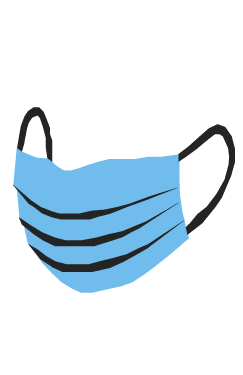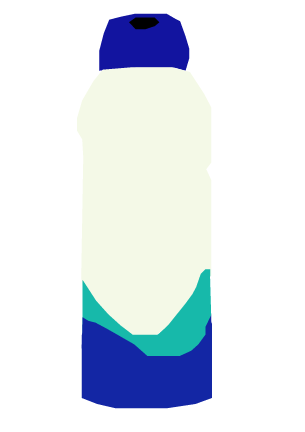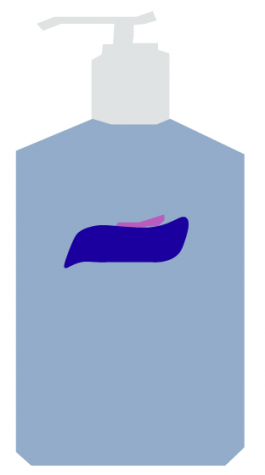Major polluter products to avoid
Learn about how these everyday products have major implications for the environment
April 14, 2021

With mask requirements being enforced in schools, workplaces and other public spaces around the world, an estimated 376 million face masks are being thrown into the landfill each month, according to a new survey commissioned by Virustatic Shield. This is largely because 75% of individuals throw away masks regularly, according to the survey. An easy way to reduce this major blow to landfills would be to make a switch to reusable, cloth masks; this change could prevent the waste of hundreds of disposable medical masks since this pandemic is dredging on with no clear end in sight. An even greener option would be to choose masks made from eco-friendly materials, such as deadstock and organic fabrics. Websites like GoingZeroWaste.com offer a range of options developed by companies that prioritize sustainability.

As we enter the warm months of Spring, it’s time to start pulling out the sunscreen – but it may be time to find a new brand. Dozens of chemicals commonly found in sunscreen products are catastrophically damaging coral reefs around the world, according to the Morro Bay National Estuary Program. In fact, two of the most common ingredients – Oxybenzone and Octinoxate – can bleach, or even kill, coral at concentrations as low as a single drop in six and a half Olympic-sized swimming pools, according to the Haereticus Environmental Laboratory. Even the most popular brands
While most of these reef-bleaching chemicals come from sunscreen used by people swimming directly in the ocean, Kansans have an equally important responsibility to use eco-friendly sunscreen because our water – which runs into the Mississippi watershed – also flows into the Gulf of Mexico.

While glitter and confetti are popular in holiday decor, celebrations and cosmetics like eyeshadows, few people consider their negative effects on the ocean and marine life. Due to these products being made of large plastic sheets which are cut into very small pieces, they are categorized as microplastics. These microplastics are found throughout the world’s oceans because they cannot be captured in water treatment plants. These small plastic particles are consumed by fish, other marine animals and birds, causing a collection in these animals’ stomachs, leading to starvation. To avoid the harm these products cause, try an environmentally friendly alternative to confetti such as a biodegradable brand or a homemade option like dried flowers. As for glitter, some companies have replaced the plastic core with eucalyptus.

With sunscreen, face and body wash, and cosmetics like blush and foundation containing microbeads, it is necessary to evaluate the ingredients in these products and consider their negative effects. Microbeads are small, manufactured pieces of plastic five millimeters or less in diameter that do not dissolve in water, which categorizes them as a microplastic. These particles are often used in rinse-off cleaners as an exfoliant as well as makeup products to create gloss. The United States passed the Microbead-Free Waters Act of 2015, which prohibited the use of microbeads in rinse-off cosmetics, yet some companies continue to use the particles in their products. These microplastics are not picked up in water treatment plants, which is harmful to humans and the environment because they contaminate the water we drink, leading to possible health problems. Microbeads also absorb toxic chemicals, then when they end up in the ocean and are ingested by marine life, they can cause harm. A simple check of ingredient lists for words like ‘polyethylene’ and ‘polypropylene’, which often make up microbeads, can inform people of what products to avoid and can help keep oceans and drinking water cleaner.











